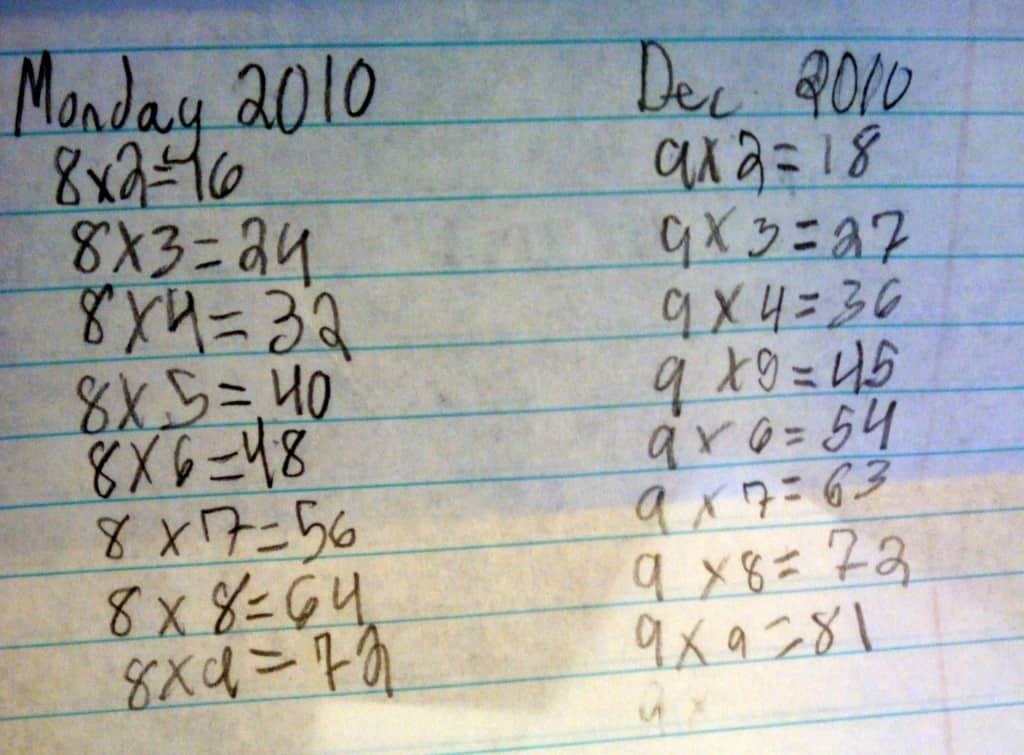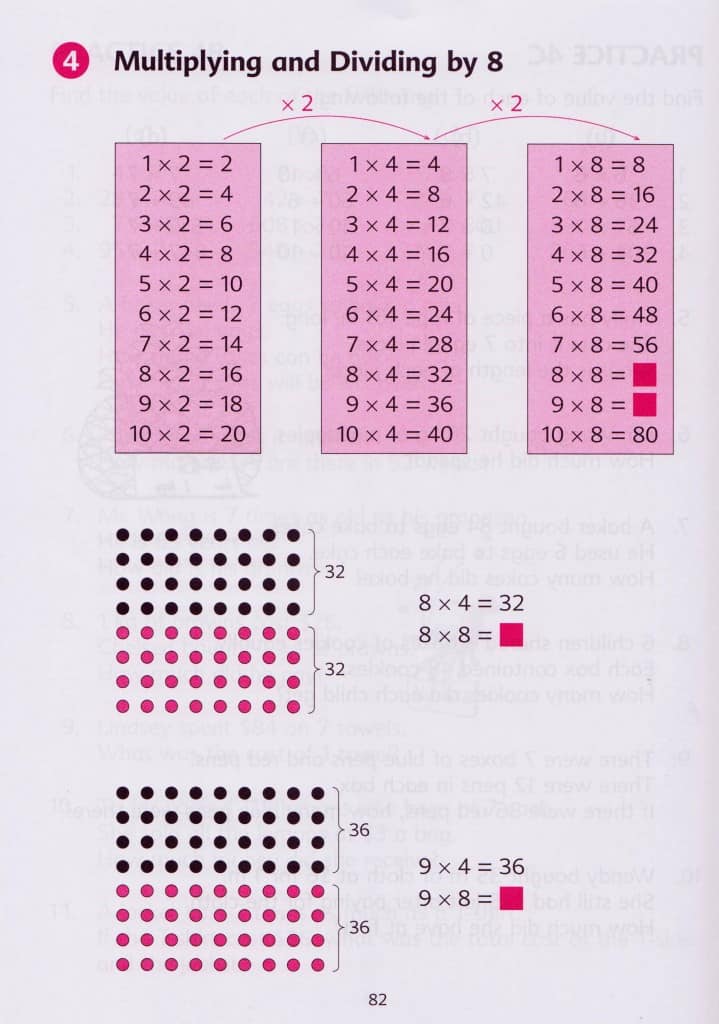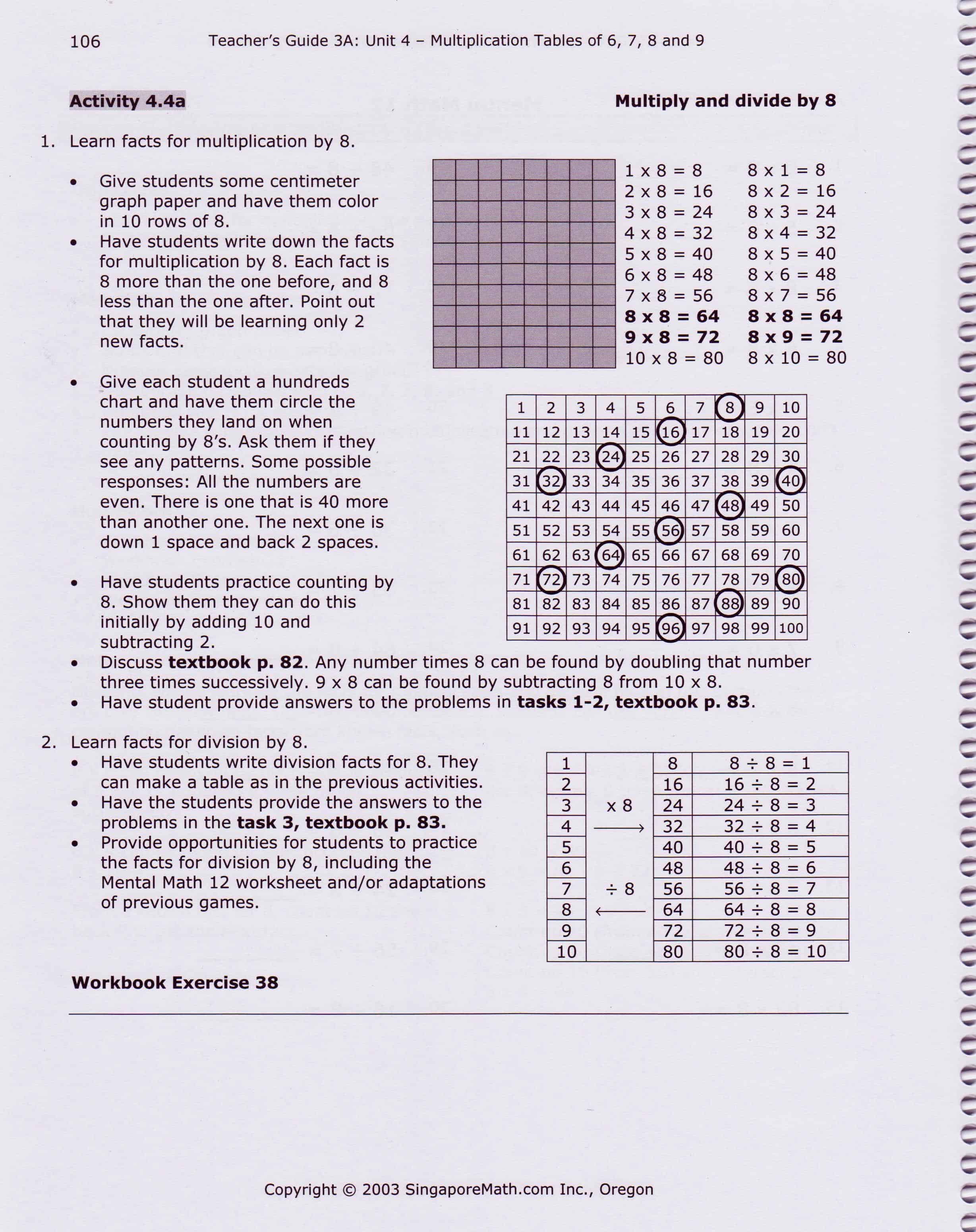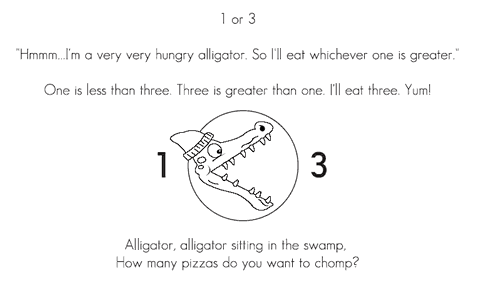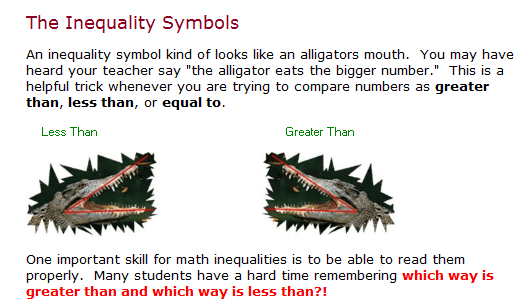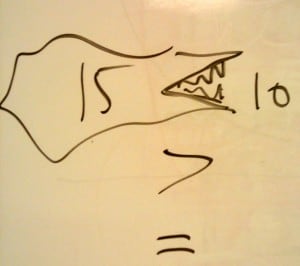This week, Utah State Sen. Howard Stephenson (R-Draper) introduced legislation that would provide incentives for schools to adopt the Singapore Math Curriculum. On February 18, 2011, the Senate Education Committee passed the measure, S.B. 179-the Math Education Initiative, by a 4-2 vote.

S.B. 179 appropriates $1.813 million in ongoing Education Funds for the Math Education Initiative. It directs the Board of Education to award grants to school districts and charter schools to adopt Singapore Math ($1 million), to schools offering honors mathematics courses ($63,000) and to math teacher training programs ($750,000).
Statewide Interest in Singapore Math
During Friday’s hearing, Sen. Stephenson said:
“We have had an interest in Singapore Math being available by many parents across the state because they learn that this is a math program that is producing the best math results in the national rankings of industrialized nations. It is a very visual method, very intuitive and seems to correspond to our human ability to understand math.”
S.B. 179 uses grants, not mandates, to encourage schools to adopt Singapore Math. Sen. Stephenson said, “Mandates don’t work very well, but when we provide an incentive, it can really move the world because there’s a competitive nature to it.”
Sen. Lyle Hillyard (R-Logan), an Education Committee member, commented:
“sometimes we need to incentivize things to have them happen, but this seems to me to make so much sense. Why don’t school districts do it anyway?”
Several others spoke about S.B. 179 at the hearing.
- JoDee Sundberg, President of the Utah School Boards Association (USBA), said that while her organization has no position on S.B. 179, they are concerned that Singapore Math materials do not support the Utah Common Core Standards. In addition, USBA is, “not supportive of any additional funding being used until we fund education and growth and some of the other areas that we have recommended.”
- Kevin Sheridan of the consulting firm Southwest Education spoke in opposition to the bill, stating that Singapore Math materials have not been recommended by the State Instructional Materials Commission.
- Former Rep. Laura Black expressed concerned about the cost of S.B. 179 and said that districts are working hard to improve math scores.
- Martell Menlove, Deputy Superintendent of the Utah Board of Education, said that the Board took the position that S.B. 179 is unnecessary and, “imposes on the Board’s constitutional role in general control and supervision.” Dr. Menlove said the Board has:
“not brought a math initiative forward during the session because of the position of the State Board that our first priorities are that the basic program and that growth be funded, and not to put things in competition to that…our math initiative would be somewhat different than this…it would have more concentration on interventions for students and not the use of outside programs or to the use of outside companies to try to tell us what to do.”
- Curtis Blanco, an electrical engineer at Hill Air Force Base and supporter of the Math Education Initiative, testified that geometry has been gutted compared to what it used to be. Blanco said that if we want to produce scientists capable of solving tough challenges like getting us to the moon, we can’t offer watered down mathematics like we are doing now.
Committee members wanted clarification about how Singapore Math aligns to the Common Core.
What’s Next
S.B. 179 now moves to the full Senate. Sen. Stephenson acknowledged that the amount of the appropriation sought in S.B. 179 is an issue, but that the initiative is worthy of consideration on the Floor. Utah’s legislative session is 45 days long, with the 2011 session to conclude on March 10.

